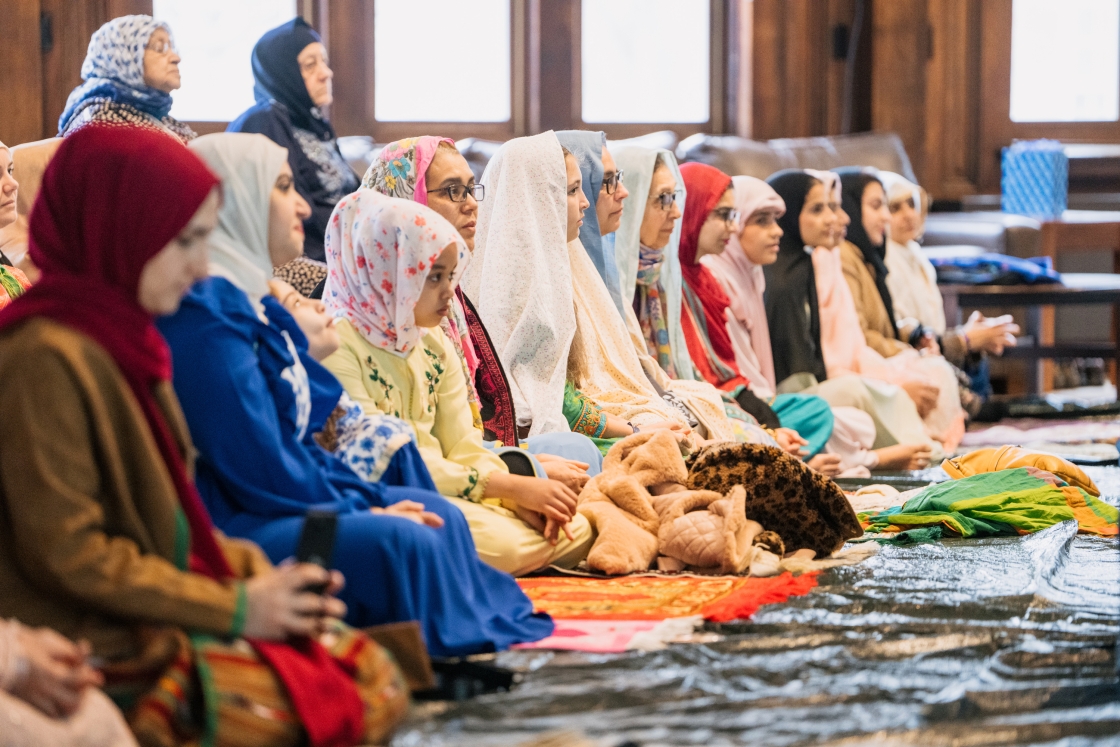You could call Laura Braunstein, Dartmouth’s digital humanities librarian, a cruciverbalist: a person skilled in making crossword puzzles.
“But most people who do this work would rather be called constructors,” says Braunstein. “It’s a less obscure term.” When she constructs puzzles, she tries to choose words likely to be within reach of her audience. “But I don’t want to make the clues too easy,” she says.
There was nothing easy about the puzzle Braunstein and co-constructor Erik Agard presented on Dec. 10 in The New York Times. It was Braunstein’s first byline in the Times, whose Sunday crossword is the largest of the week. Many crosswords have themes—a common idea that links certain answers. The theme to their puzzle is “Full-Body Cast.”
No, it doesn’t refer to something you need after a terrible injury. It’s trickier wordplay than that.
“Erik started with this idea about the names of body parts embedded in some book titles, like Farewell to Arms,” Braunstein says. But after kicking that around, they settled instead on building a puzzle around body parts that are hidden in the names of movie stars. And because those answers have a lot of letters, they added a devilish twist. One clue, for example, is “Batman actress, 1967-68.” Answer: Eartha Kitt. The word “ear” is in there, but the solver has must fit all three letters, e-a-r, in one little square of the grid.
“That’s called a rebus,” Braunstein explains.
The first step in constructing a puzzle, she says, is to come up with the theme. “I do that myself, and I use a software program to enter those words in the grid,” she says. The grid appears on her computer screen with some squares blacked out. “Crosswords have rotational symmetry,” she says. “The pattern is symmetrical no matter which way you turn it.”
After she enters the words or phrases relating to her theme, the software gives various options for the remaining words, fitting them together both horizontally and vertically. The program also suggests possible clues to those answers. But Braunstein prefers to create her own clues, making “judicious choices.”
For example, for the answer, “acdc,” should the clue be “power choice,” or “band that sang ‘Highway to Hell”?
That depends on the readership. “You have to know your audience,” she says. “You want to challenge them, delight them, make them laugh, and surprise them.”
Braunstein’s love of crosswords came from her grandfather, an immigrant from Moldova who used to tear puzzles out of the newspaper and carry them around in his pocket all day, to improve his English—and to help her learn new words. She enjoys competing in crossword tournaments, but finds creating puzzles more challenging than solving them. She writes not only for the Times, but also for independent puzzle blogs on the internet.
“I first got interested in constructing when I saw Andrew Kingsley ’16 in the library reference room making puzzles that eventually landed in The New York Times,” says Braunstein. “I gave him some of my early ones for feedback, and he was very patient and helpful.” (She says Kingsley now teaches high school in the Boston area, and has hosted a tournament called “Boswords.”)
Braunstein is grateful, as well, to other mentors in the crossword community, whose members find, in online blogs and Twitter, avenues of communication and collaboration. She hopes social media is opening the doors of puzzle construction to more women and people of color. “The crossword community really needs more diversity,” Braunstein says. “It’s great that Nate Cardin ’05 is editing a project for LGBTQ constructors, with proceeds going to LGBTQ organizations.”
Solving puzzles, says Braunstein, can be a stress-relieving way to take a study break. Which is why, during exam week last term, she constructed a puzzle that taps Big Green knowledge.
(And here are the answers.)

